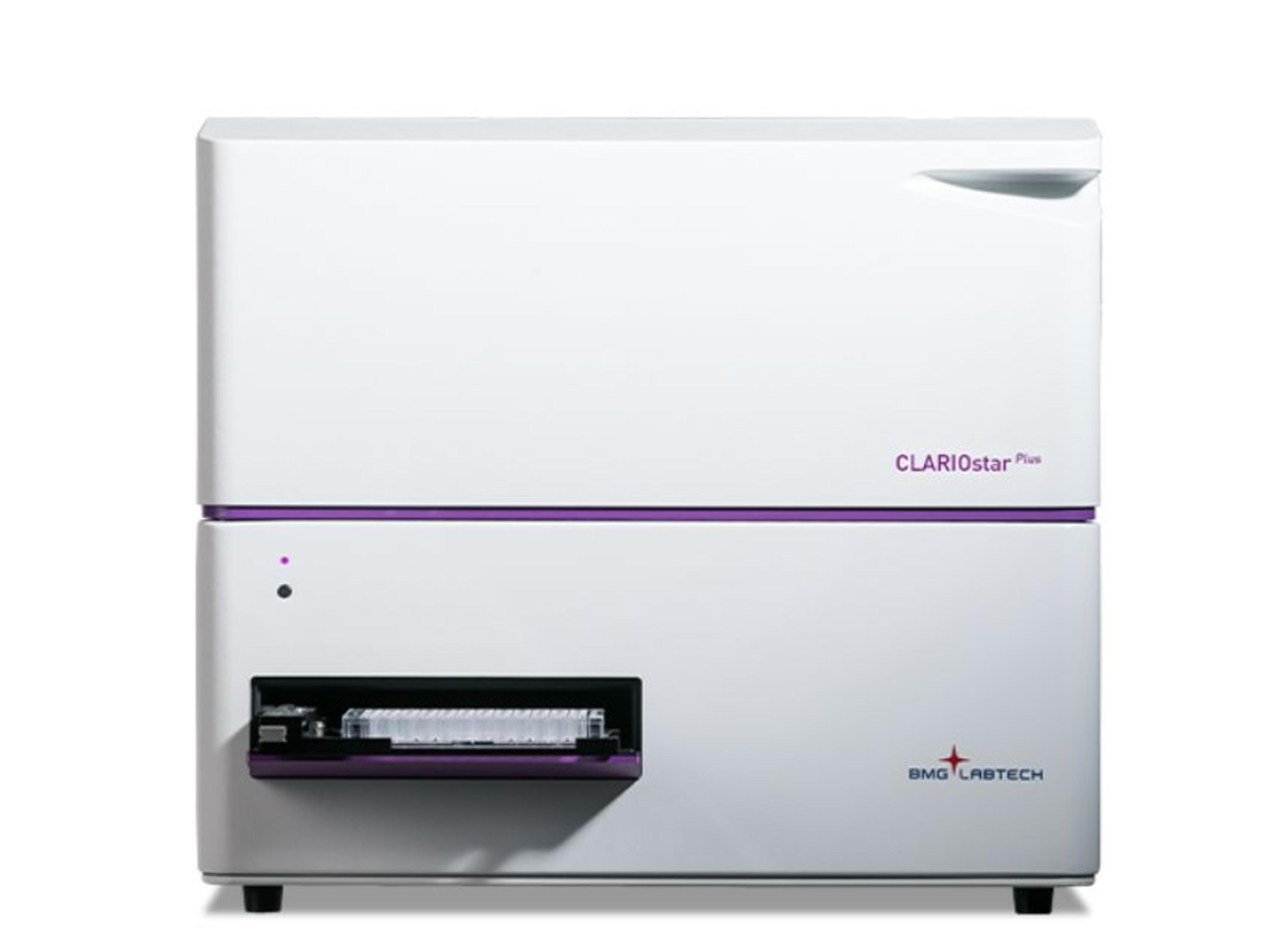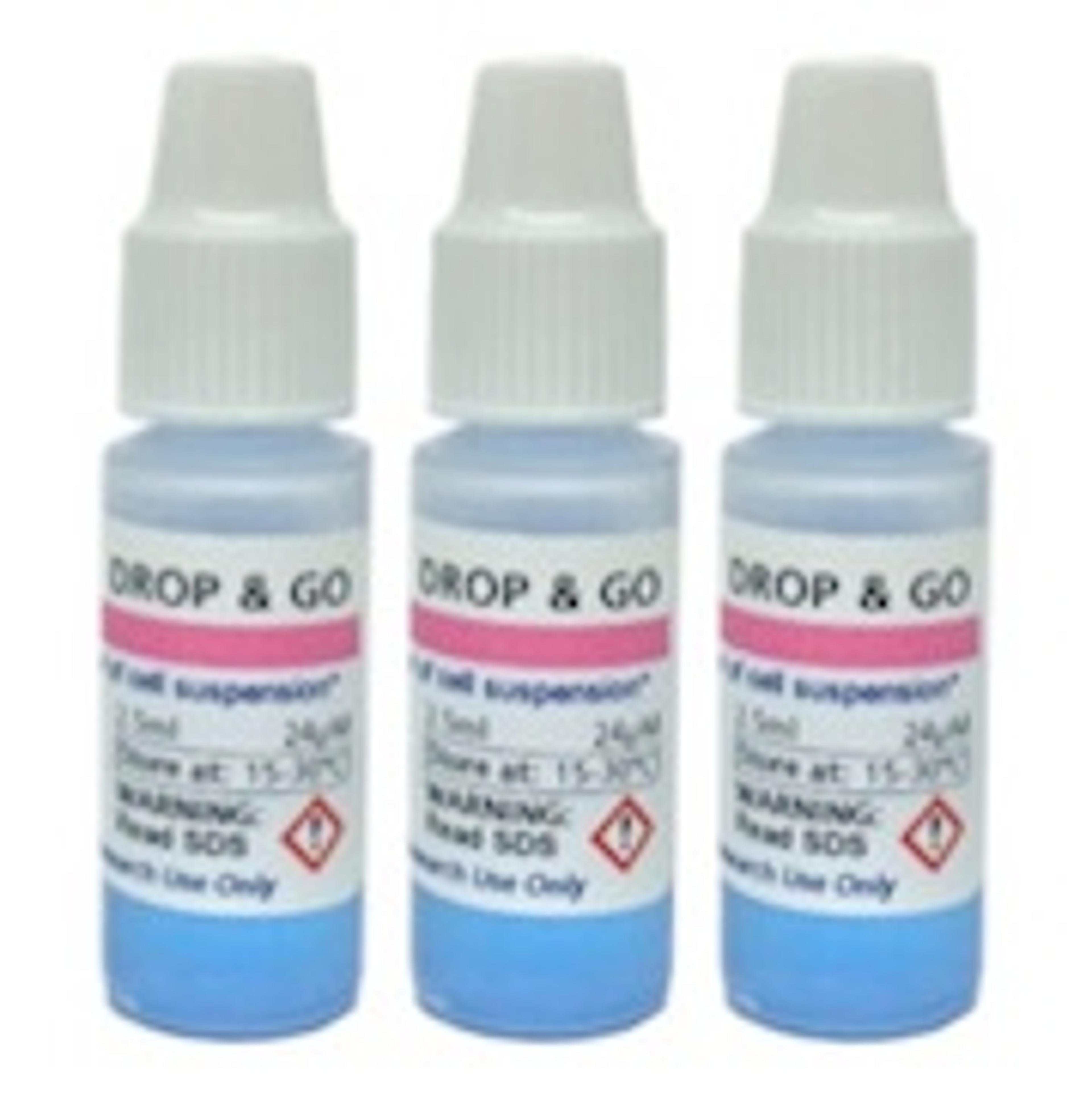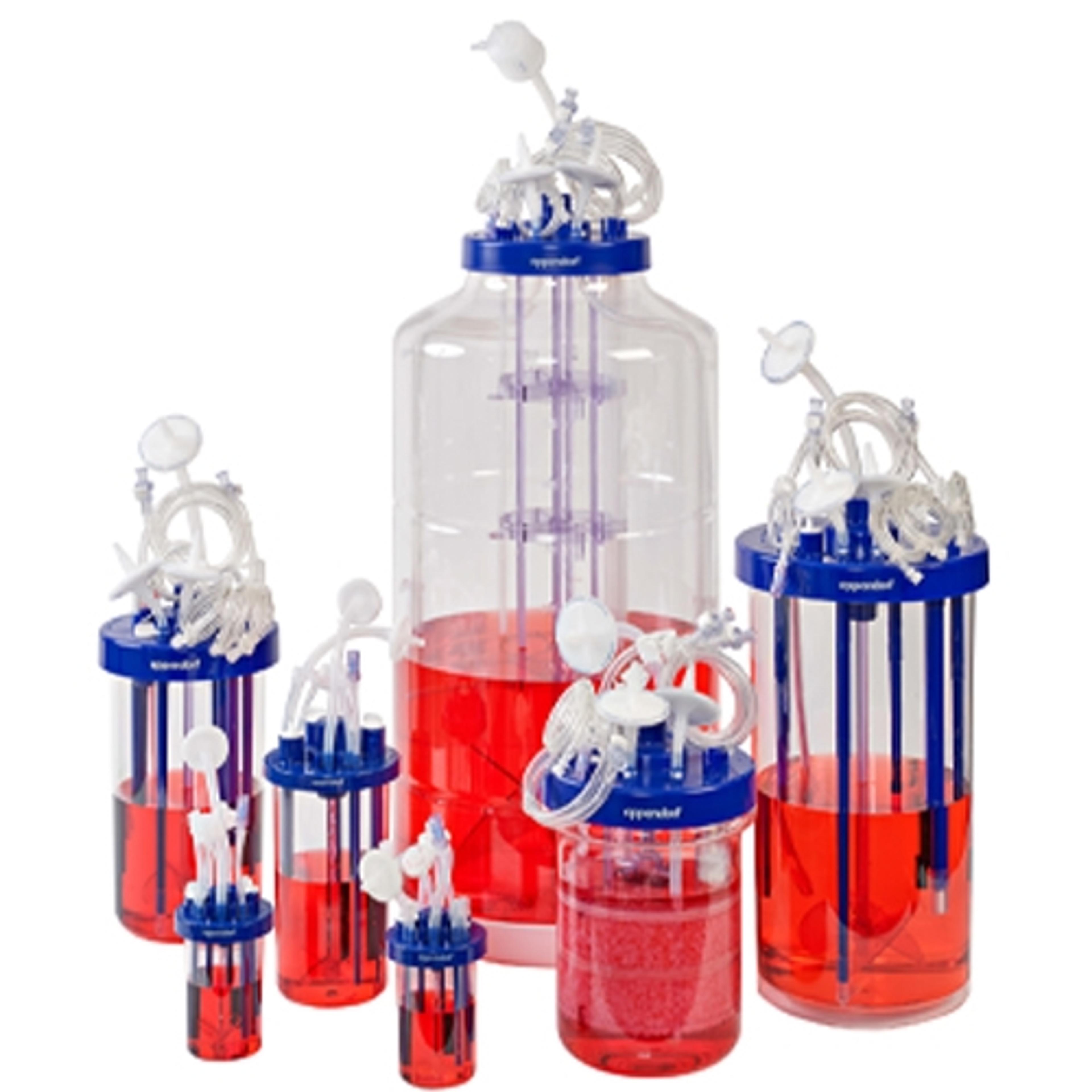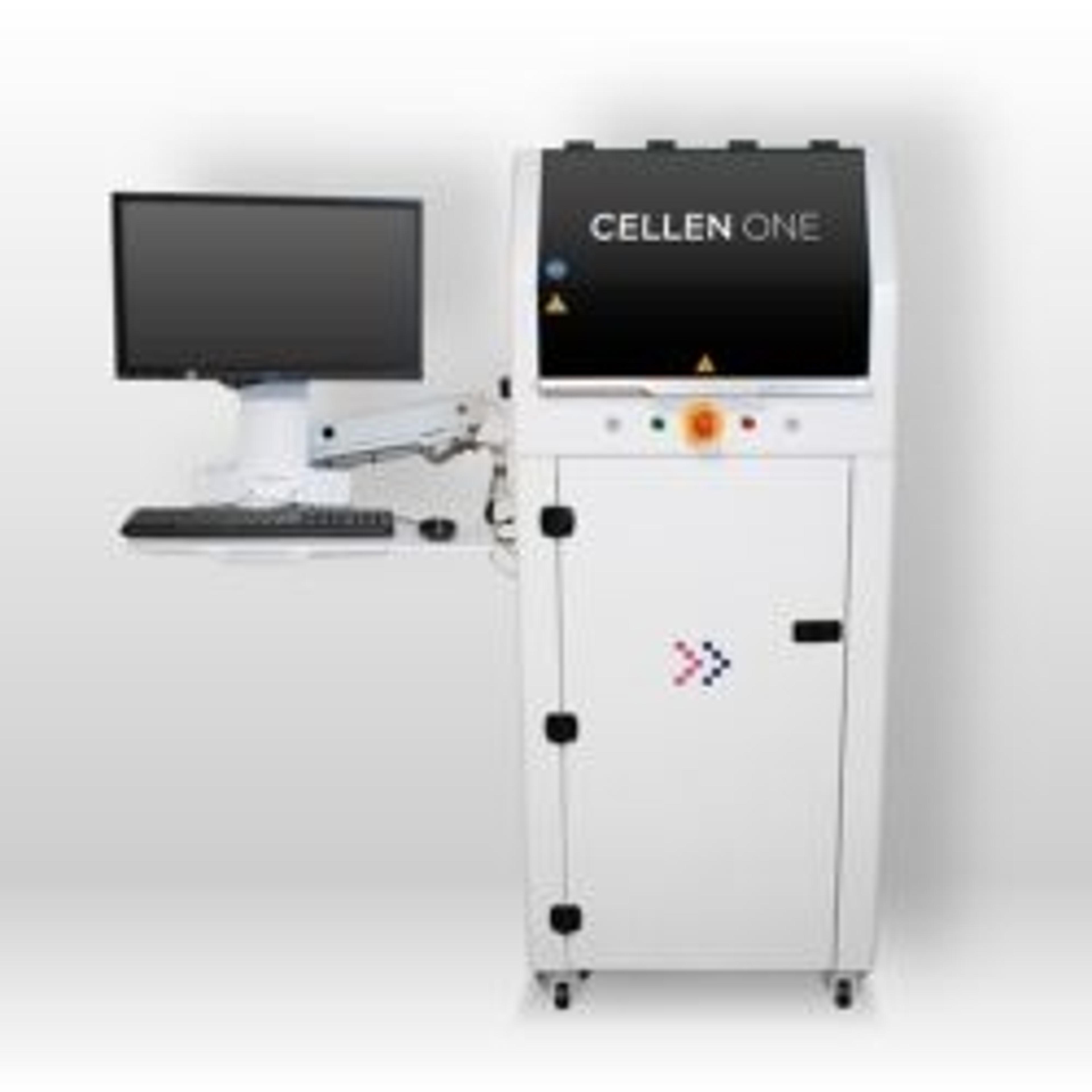9 Steps to Better Cell Biology - Special Feature
From cell signaling to single-cell isolation to cell culture practices, we bring you the latest in cell biology to accelerate your research
5 Feb 2018

Experiments on even the smallest cell contain hundreds of variables for a scientist to negotiate. In this special feature, SelectScience® Life Sciences Associate Editor, Anita Ramanathan, brings you useful resources to help you eliminate cell biology-based variables, setting you well on your way to excellent data. Below, learn just how easy single-cell isolation is with the right choice of technology, discover how to accurately estimate cell confluency, discover the art of thawing cells – and much more.
1. A CELL BIOLOGIST'S TRUSTED COMPANION: THE CENTRIFUGE
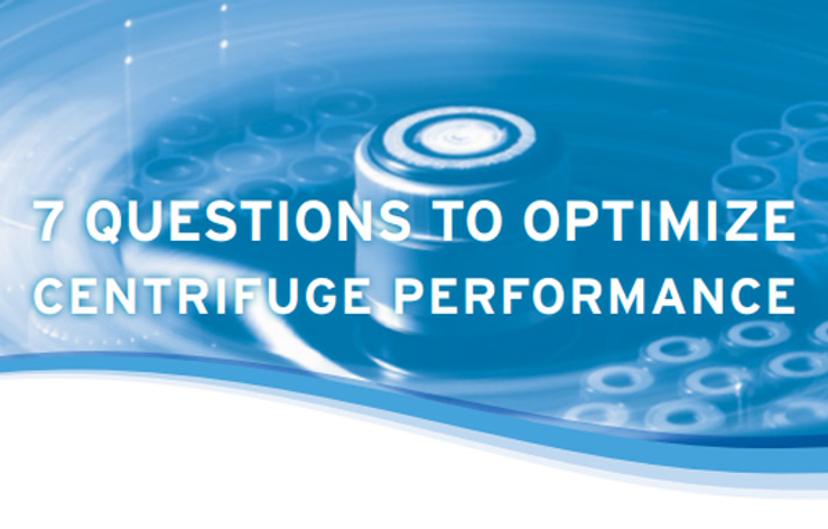
A ubiquitous presence in every lab, the centrifuge plays an indispensable role in cell culture applications. Oftentimes, our decision to use an appropriate centrifuge is an afterthought; for instance, we’d optimize after a cell pellet refuses to dispense or a sensitive protein gets denatured. This handy guide by NuAire, however, helps you plan well ahead of your experiments so your centrifuge complements your application and no sample is ever lost. Learn 7 key considerations for your centrifuge choice ranging from ease of operation to sample size.
2. IN CLOSE PROXIMITY: RECEPTOR-LIGAND INTERACTIONS

When a ligand binds to a G protein-coupled receptor (GPCR), it determines the function of the cell by triggering a signaling pathway downstream. Incidentally, about 40% of current drugs target GPCR signaling. The first step in understanding a cell’s response is, therefore, the capture of GPCR-ligand binding interactions using bioluminescence resonance energy transfer (BRET). In this application note, after CRISPR/Cas9 is employed to express luciferase-labeled proteins, BMG Labtech’s CLARIOstar measures the protein interactions.
3. TAKING CARE OF CELLS: VERO CELL LINES

The anchorage-dependent Vero cells are widely used for viral vaccine production against diseases such as rabies, rotavirus, and influenza. Typically grown on microcarriers, this study provides an alternative, conducive system to cultivate Vero cells using the Eppendorf BioBLU 5p Single-Use Vessels pre-packed with Fibra-Cel. Combined with perfusion, this set-up enables the cultivation of a very high density of Vero cells, demonstrating a great potential for Vero cell-based vaccine production using Eppendorf's system.
4. CELL CONFLUENCY IS NO LONGER SUBJECTIVE
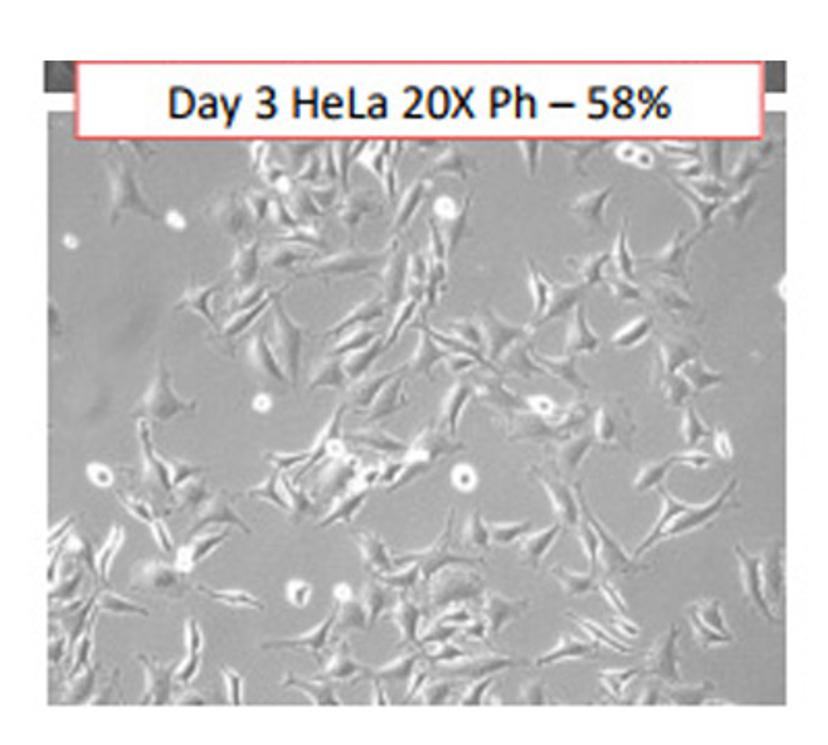
The traditional method to calculate cell confluency is so very subjective and yet so common in cell culture rooms. In a step towards accuracy and increased success with downstream experiments such as transfection, this application note demonstrates the automated calculation of cell confluency using the InCellis® imager from Bertin Technologies. By eliminating the need for hematocytometers or specific dyes, your cells can solely serve the purpose of your planned experiments.
5. THE POWER (AND EASE) OF ISOLATING A SINGLE CELL
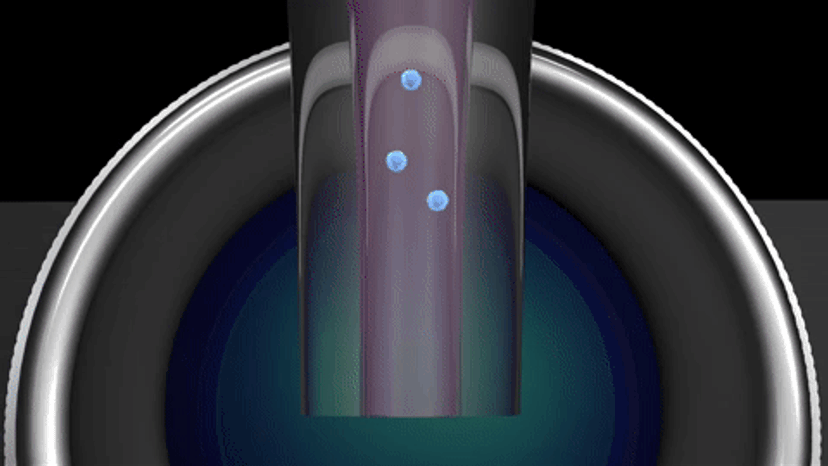
The clarity of data obtained from a single cell is highly valued in rare samples such as cancer biopsies. Traditional methods to isolate a single cell employ serial dilution of the millions of cells harvested from a dish. The expectation is that the more we dilute a dense cell suspension, the higher the chances are of obtaining a single cell in a single drop when dispensing the dilution drop by drop. In reality, cells are distributed based on Poisson’s law, i.e. a majority of the diluted drops will contain no cells at all, thereby drastically reducing the success rate of an experiment.
In this SelectScience® interview, Guilhem Tourniaire, scientific and managing director at Cellenion, shares just how easy – and reliable – single-cell isolation can be with a right choice of technology.
6. EXCLUDE DEAD CELLS WITHOUT COMPENSATION
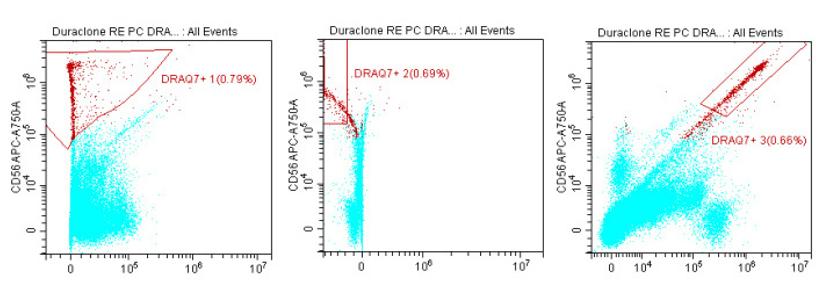
A common problem when passing cells through a flow cytometer is that dead cells bind to antibodies non-specifically, adding false positives to your results. This makes it important to exclude dead cells. The convenience viability dye, DRAQ7 DROP & GO™ from Biostatus only stains for the nuclei of dead or permeabilized cells, adding dead cell exclusion to your complex flow cytometry antibody panel without the need for further compensation, as described in this application note.
7. CELL CULTURE SUPPLEMENT: SERUM

Serum in cell culture media is a lot like salt in food – often taken for granted when all is well, but instantly noticed when absent.
Serum, often the most abundant constituents of cell culture media (typically 2-15% by volume), can have a significant impact on cell culture success. In this very innovative poster, MilliporeSigma outlines factors such as storage, handling and geographic source etc. that can influence the quality of your serum, thus eventually affecting the health of your cells.
8. DETECT CANCER CELLS WITH CONFIDENCE
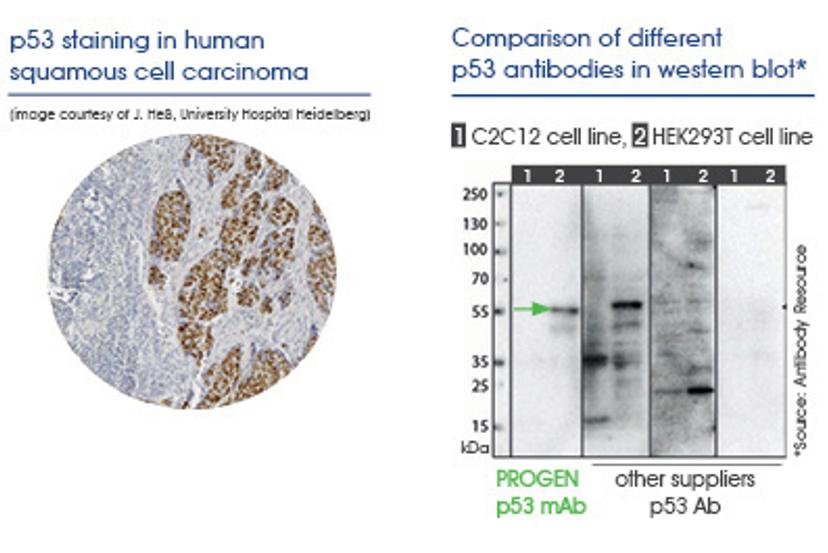
Immunostaining ~60% of investigated carcinoma, the anti-p53 mouse monoclonal antibody by Progen - passion for research serves as an excellent marker for wild-type and mutant forms of human p53.
9. THE ART OF THAWING CELLS

The process of thawing out your cells from a frozen state will determine the health of your cells for many passages to come, especially if you’re working with primary cell culture. Wouldn’t it help to have a checklist for thawing so that you never miss a single step? This video by PromoCell provides you with a step-by-step guide on the process of thawing. Next time you’re thawing out cells, you’ll be so organized that you’ll never again find yourself scrambling for dry ice with a frozen tube in your hand!
Useful SelectScience® Resources:
• Guide: 7 Questions to Optimize Centrifuge Performance
• Application note: Monitoring Protein Interaction and Trafficking
• Application note: High-Density Vero Cell Perfusion Culture
• Application note: Best Practices for Cell Culture Confluency Calculation
• Editorial Article: One-in-a-Million: How to Successfully Isolate a Single Cell
• Application note: Compensation-Free Dead Cell Exclusion
• Poster: Serum University: 5 Key Factors Affecting Sera in Cell Culture
• Antibody: Anti-p53 Mouse Monoclonal Antibody
• Video: The Art of Thawing Cells
Stay up-to-date. Receive interviews, videos and articles directly into your inbox. Sign up for SelectScience.

